Flying used to be simpler. You bought a ticket, showed up at the airport, and that was it. These days, airlines have turned air travel into a carefully orchestrated fee-collecting machine where everything from your carry-on bag to picking your seat costs extra. What started as a way for budget carriers to offer lower base fares has spread across the industry like wildfire.
The result is a travel experience where your $99 ticket can easily balloon to $200 or more once you add all the ‘extras’ that were once included. Here is a list of 19 airlines that have mastered the art of separating passengers from their money, one fee at a time.
Spirit Airlines

Spirit practically wrote the playbook on unbundling airline services. They charge for everything from carry-on bags to printed boarding passes, and even water costs extra once you’re on board.
Their ‘Big Front Seat’ upgrade can cost more than some people’s entire base fare, but at least they’re upfront about being a budget carrier where nothing comes free.
Frontier Airlines
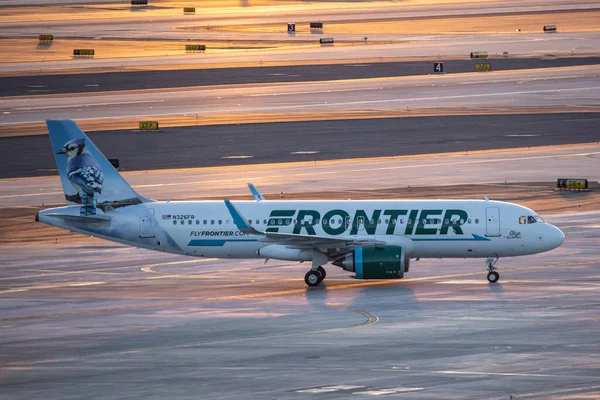
Frontier takes the budget airline model and runs with it, charging fees that can make your head spin. Want to pick your seat? That’ll cost you, and the closer you get to the front of the plane, the more expensive it becomes.
They even charge for customer service calls, so you’d better hope everything goes smoothly with your booking.
Like Travel Pug’s content? Follow us on MSN.
Allegiant Air
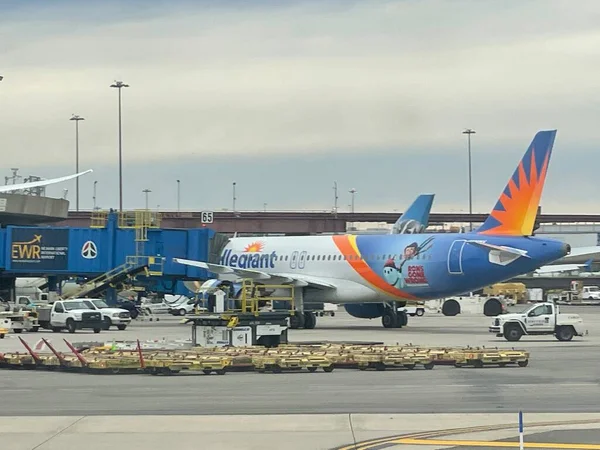
Allegiant specializes in flying to smaller cities that other airlines avoid, but they make up for lower ticket volume with higher fees. Their seat selection charges are particularly steep, and they’re one of the few airlines that still charge for carry-on bags.
Additionally, they operate an older fleet that often requires unexpected maintenance, resulting in delays and rebooking fees.
American Airlines
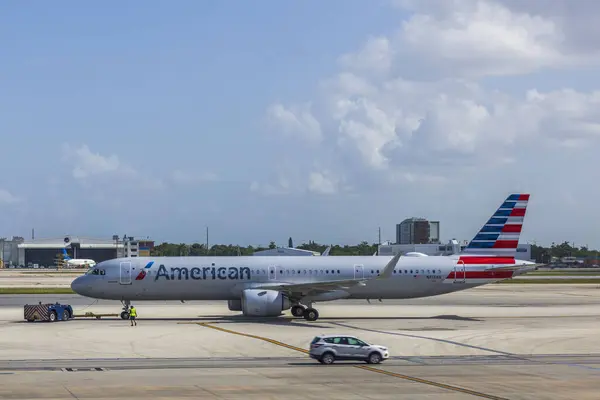
American Airlines have embraced the fee culture with enthusiasm, charging for everything from checked bags to advance seat assignments. They’ve even started charging for carry-on bags on their basic economy fares, something that used to be sacred in the airline world.
Their AAdvantage program changes so frequently that keeping track of earning rates feels like a part-time job.
United Airlines
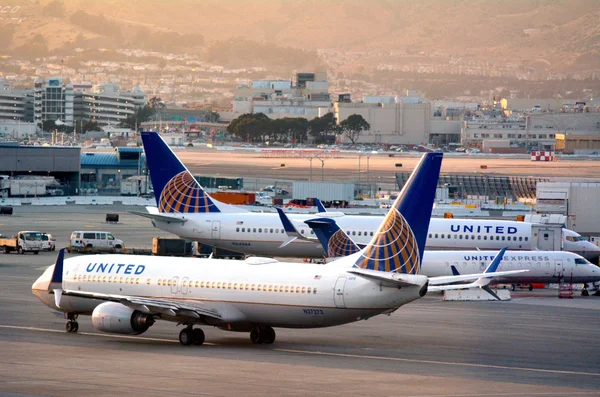
United’s basic economy fares strip away nearly every amenity you’d expect from air travel. No advance seat selection, no carry-on bags, and no changes allowed, even for a fee.
Their regular economy fares aren’t much better, with checked bag fees and seat selection charges that can double your travel costs on shorter flights.
Like Travel Pug’s content? Follow us on MSN.
Delta Air Lines
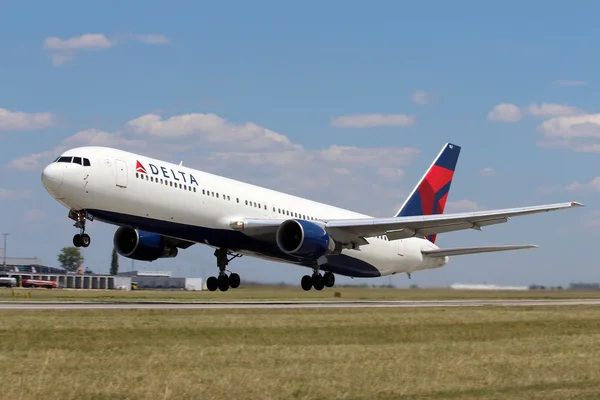
Delta positions itself as a premium carrier, but its fee structure tells a different story. They charge some of the highest baggage fees in the industry, and their seat upgrade prices can be astronomical.
Their basic economy fares are so restrictive that many passengers end up paying for upgrades just to get normal airline service.
JetBlue Airways
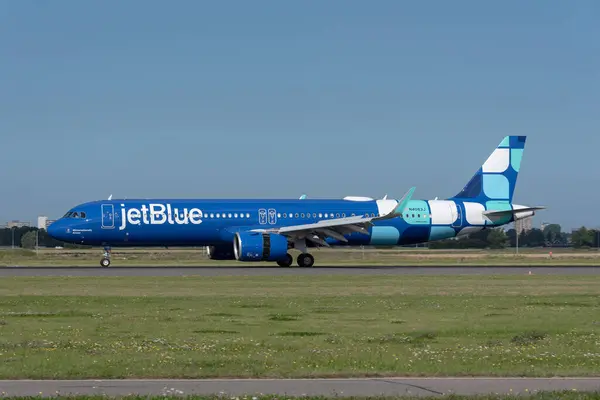
JetBlue started as a customer-friendly alternative to the major carriers, but they’ve slowly adopted the same fee-heavy approach. Their ‘Even More Space’ seats command premium prices, and their checked bag fees have crept up to match their competitors.
At least they still offer free snacks and drinks, though for how long remains to be seen.
Alaska Airlines
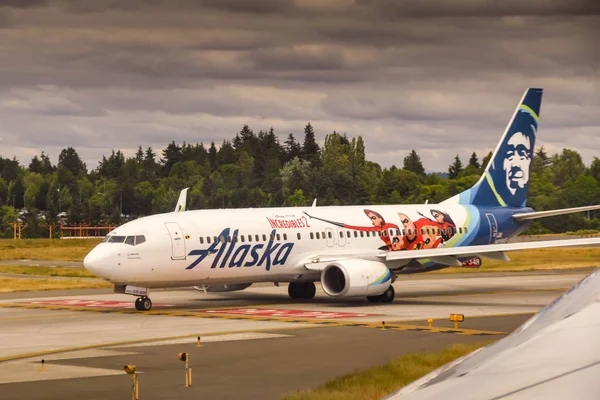
Alaska built its reputation on West Coast routes with decent service, but its merger with Virgin America brought new fee opportunities. They charge for checked bags, seat assignments, and even phone bookings.
Their mileage program devaluations have made award tickets harder to book, pushing passengers toward paid fares with additional fees.
Like Travel Pug’s content? Follow us on MSN.
Hawaiian Airlines
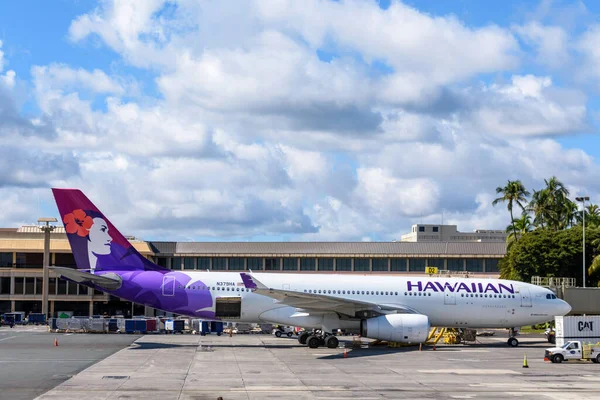
Hawaiian enjoys a captive market flying to the islands, and they use that leverage to charge premium prices for everything. Their checked bag fees are among the highest in the industry, which is particularly painful given that most Hawaii trips require larger luggage.
Interisland flights get hit with the same fee structure as mainland routes.
Sun Country Airlines
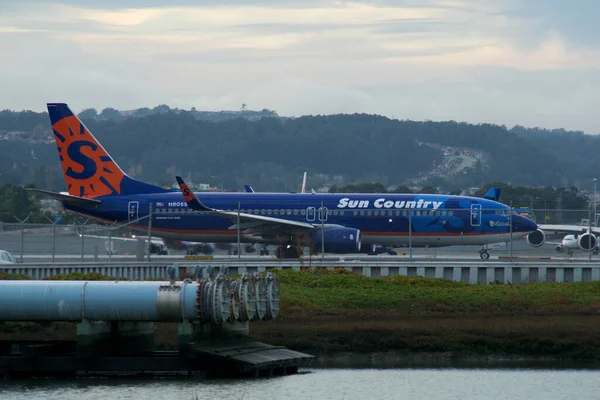
Sun Country operates as a hybrid between a budget and traditional carrier, which means you get the fees of both models. They charge for seat assignments, carry-on bags, and even soft drinks.
Their frequent route changes mean you might book a flight only to find it cancelled months later, with limited rebooking options.
Breeze Airways
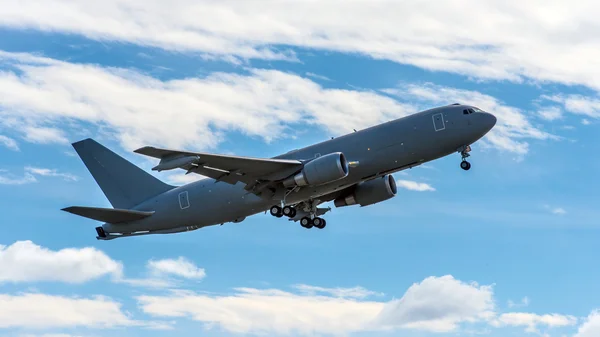
Breeze Airways launched with promises of ‘seriously nice’ service, but their fee structure is seriously expensive. They charge for everything from carry-on bags to advance seat selection, and their ‘Nice’ and ‘Nicer’ fare categories are just ways to sell you back services that used to be standard.
Their limited route network means fewer alternatives when prices get outrageous.
Like Travel Pug’s content? Follow us on MSN.
Avelo Airlines
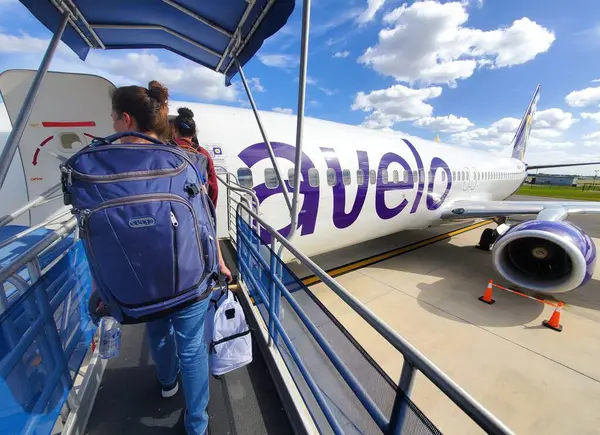
Avelo targets underserved markets with low base fares, but those prices are misleading once you add mandatory fees. They charge for carry-on bags, seat selection, and even printing boarding passes at the airport.
Their customer service is largely automated, so getting help when things go wrong often requires additional fees.
WestJet

WestJet markets itself as Canada’s friendly airline, but its fees are anything but friendly to your wallet. They charge for checked bags, seat selection, and even phone bookings.
Their basic economy fares are so restrictive that most passengers end up paying for upgrades, negating any savings from the initial low price.
Air Canada
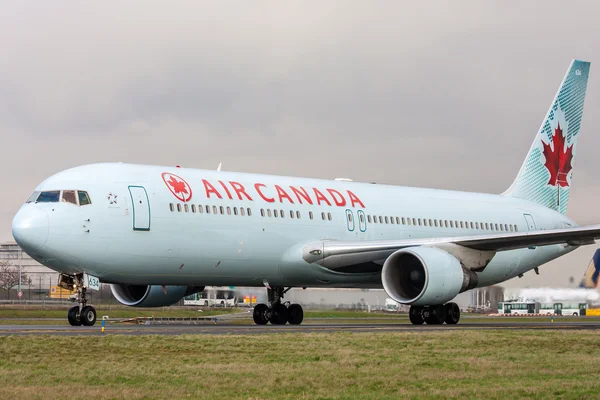
Air Canada has adopted the North American fee model with Canadian efficiency, meaning they’ve found even more things to charge for. Their baggage fees are high, seat selection costs extra, and their customer service fees can add up quickly.
Flying domestically within Canada often costs more per mile than international flights.
Like Travel Pug’s content? Follow us on MSN.
Volaris
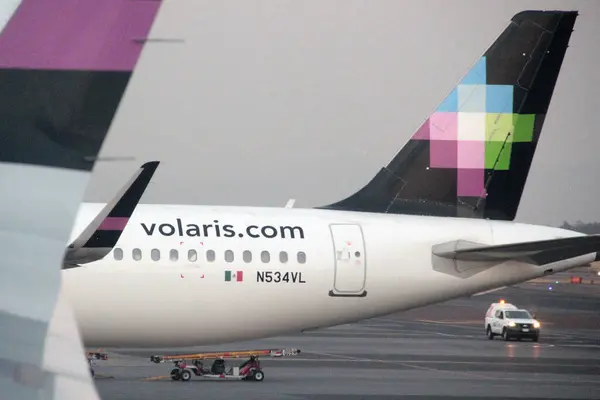
Volaris serves the Mexico-US market with ultra-low base fares that hide substantial additional costs. They charge for everything from carry-on bags to seat selection, and their weight limits are stricter than most airlines.
Their ‘VClub’ membership program is almost necessary to make their flights affordable, creating another revenue stream.
British Airways
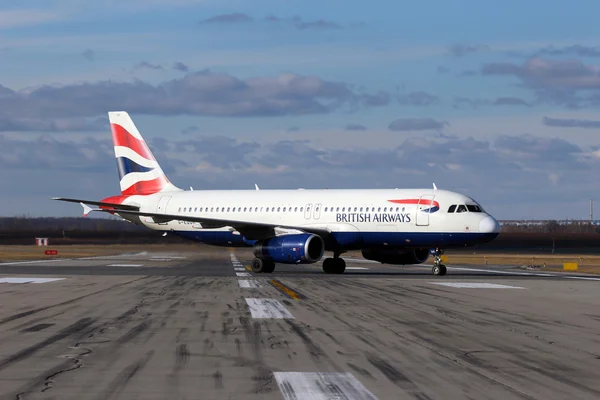
British Airways has brought European-style fees to its US routes, charging for seat selection, meals, and even entertainment on long flights. Their ‘World Traveller’ economy seats are cramped, and upgrading to ‘World Traveller Plus’ costs hundreds more.
Short-haul flights within Europe are even worse, with fees for everything, including water.
Lufthansa
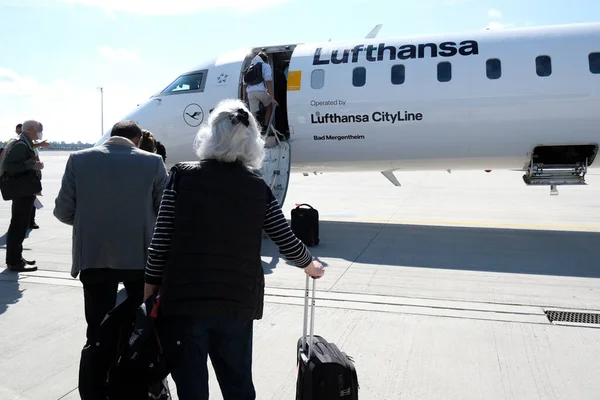
Lufthansa’s fee structure on US routes reflects its position as a premium European carrier, with premium prices to match. They charge for seat selection, extra legroom, and special meal options like vegetarian or allergy-sensitive selections.
Their basic economy fares to Europe strip away most amenities, forcing passengers to pay extra for services that used to be included.
Like Travel Pug’s content? Follow us on MSN.
Air France
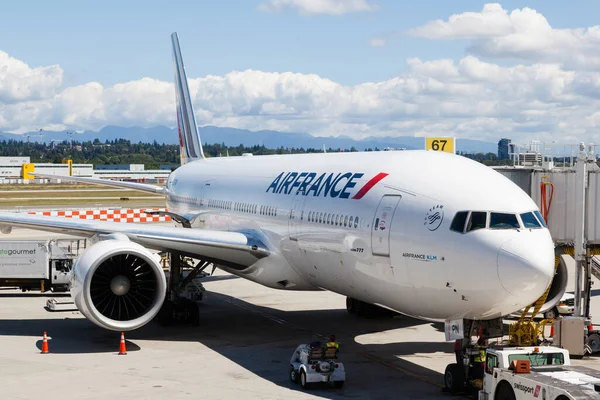
Air France has mastered the art of making economy passengers pay business class prices through fees. Seat selection costs extra, checked bags are expensive, and meal upgrades can cost more than some domestic flights.
Their customer service fees are particularly steep, making it expensive to make any changes to your booking.
KLM
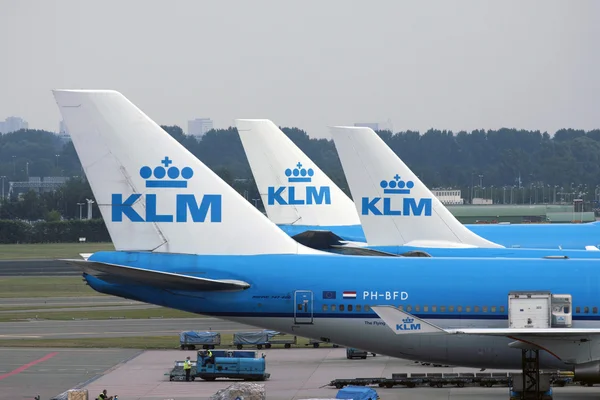
KLM operates with the same fee philosophy as its Air France partners, charging premium prices for basic services. Their economy seats are tight, and paying for extra legroom is almost mandatory on longer flights.
Checked bag fees are high, and their complex fare rules make it easy to incur unexpected charges.
Where Fees Became the New Normal
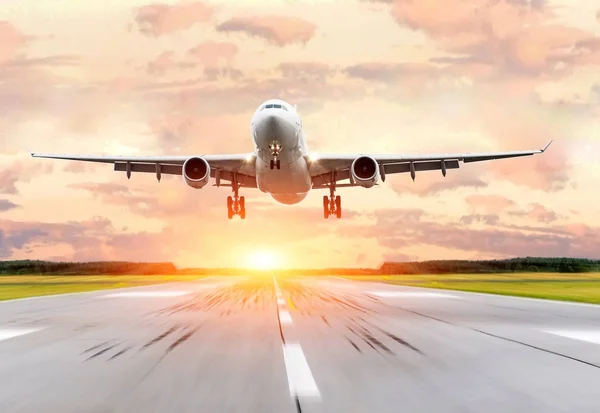
The transformation of airline fees from occasional charges to essential revenue streams reflects broader changes in how companies do business. What started as a survival tactic during economic downturns has become a permanent fixture, generating billions in annual revenue.
Airlines discovered that passengers would accept higher total costs as long as the advertised fare looked competitive, creating an industry built on psychological pricing rather than transparent value. Today’s travelers need spreadsheets to compare true flight costs, turning what should be a simple purchase into a complex financial calculation.
The nickel-and-diming culture has become so entrenched that a new generation of flyers doesn’t even remember when things like carry-on bags and seat selection were just part of flying.
Like Travel Pug’s content? Follow us on MSN.
More from Travel Pug

- 20 Best Beach Towns in the Carolinas
- 13 Destinations Where Tourists Regularly Regret Their Trip
- 20 Things You Actually Get in First Class
- 20 Small Airports With Aviation Museums
- 20 Places in the U.S. That Are Perfect for a Reset Trip
Like Travel Pug’s content? Follow us on MSN.
